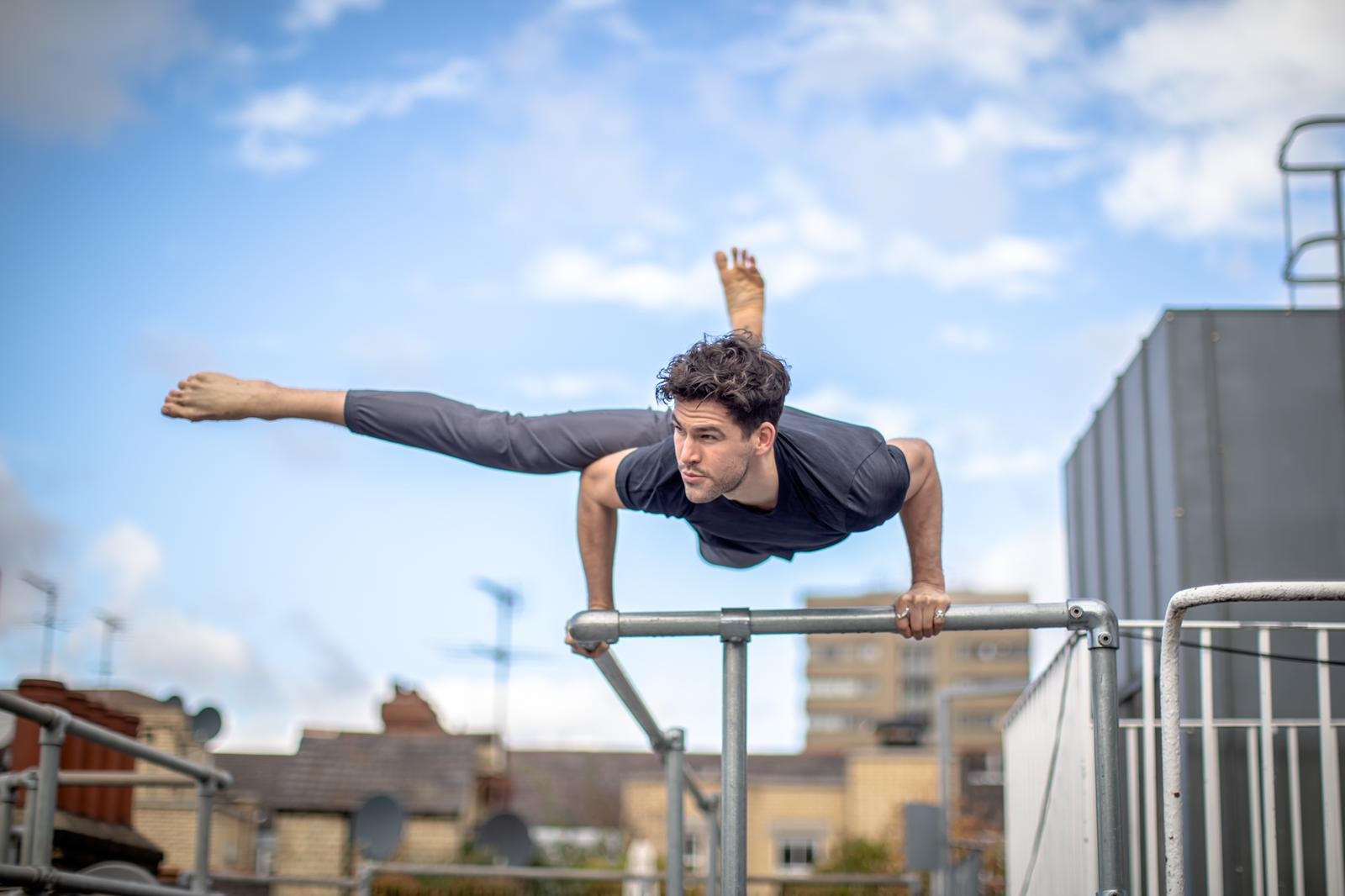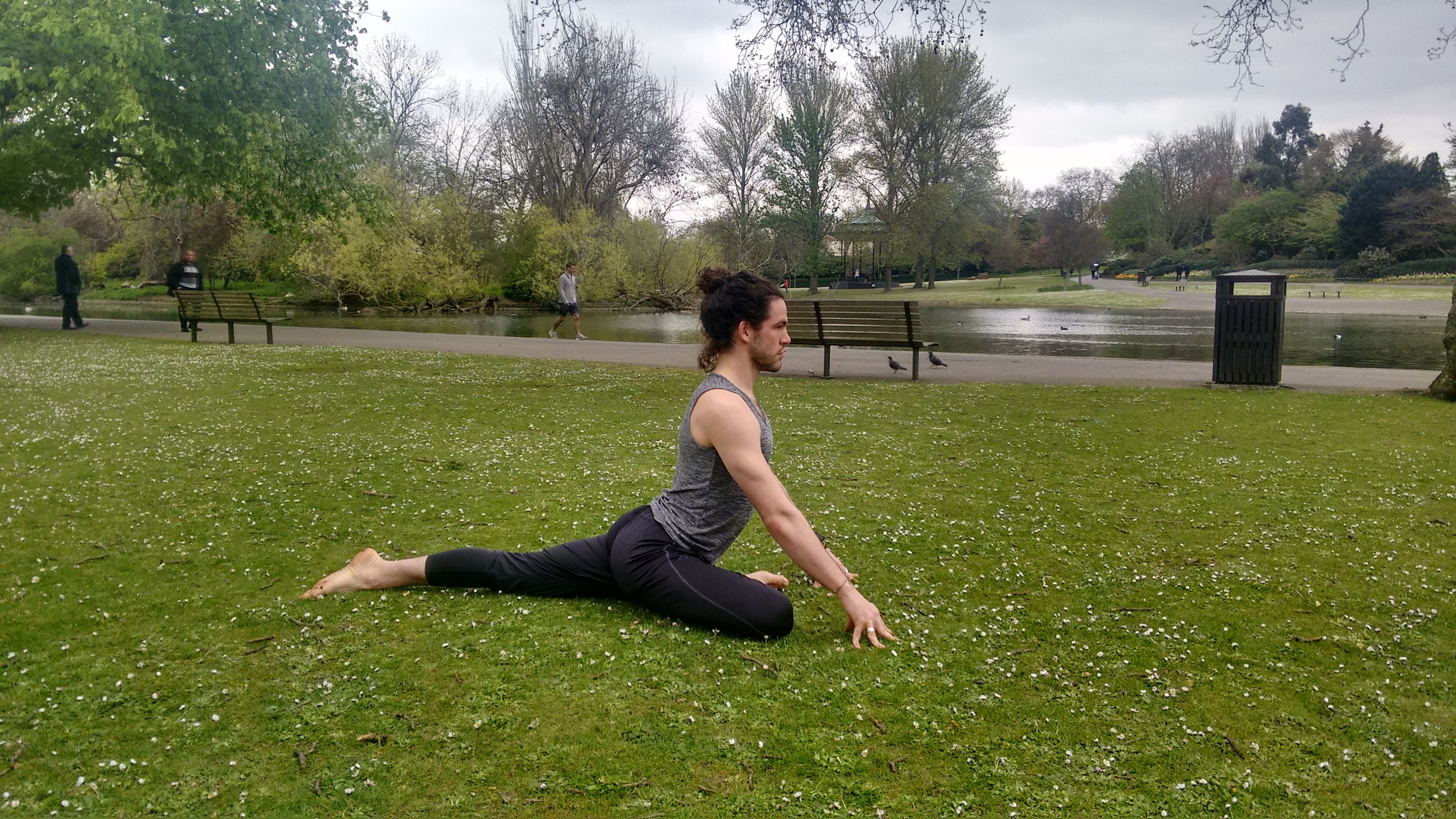
Why you need to convert to barefoot shoes!
I can’t lie; when I first saw barefoot shoes many years ago I wasn’t an immediate covert; mainly due to me thinking they weren’t hipster-cool enough for me! I’m a person that can be persuaded by data and scientific evidence however, and after breaking my foot and rupturing a ligament 6+ years ago, foot health and mobility suddenly became a topic to geek out on. Nowadays 30% off my time i’m wearing Vivobarefoot*, 65% I’m shoe-less and 5% of my time I’m trying to be cool in some face boots or reebok classics!
*(code ADAMHUSLER20 will get you 20% off all Vivobarefoot for December only)
In short, barefoot shoes are designed to mimic the natural shape and movement of the foot, allowing for a more natural and unrestricted gait. Here are five major benefits of wearing barefoot-style shoes, but there’s plenty more!
Improved Foot Strength and Functionality:
Natural Movement: they encourage a more natural walking and running gait by allowing the foot to move in a way that closely resembles walking barefoot. This helps in strengthening the muscles in the feet and lower legs that may not be activated as effectively when wearing traditional shoes with thick soles and arch support; think Crocs and Nike Low-Dunks!
Enhanced Stability: The minimalistic design of barefoot shoes promotes better proprioception—the body's ability to sense its position in space. Something most of us in the modern world are getting worse at! This heightened awareness of body movement and ground contact enhances overall stability and balance. It engages the intrinsic muscles of the feet, which play a crucial role in maintaining stability. Remember, a big killer when you get older (beyond the big diseases) is, sadly, falling over!
Encourages Proper Biomechanics:
Maintains Natural Arch: Traditional shoes often come with elevated heels and arch support, which can alter the natural alignment of the foot. Beyond an added layer of grip on hiking shoes, most barefoot style shoes typically have a flat sole, allowing the foot to maintain its natural arch. This can contribute to better biomechanics and reduce the risk of conditions like overpronation or supination.
Promotes Toe Spread: Many barefoot-style shoes have a wide toe box that allows the toes to splay naturally'; essential for weight distribution and balance. As a yogi, I used to wear toes spacers to bed at night, after a normal working day wearing ‘traditional shoes’ with narrow toe boxes. These tight shoes can can lead to issues such as bunions, but wearing barefoot shoes helps prevent these problems by allowing the toes to move freely.
Enhanced Sensory Feedback:
Increased Sensation: Barefoot-style shoes provide a closer connection to the ground, allowing the feet to receive more sensory feedback. This increased sensation helps the brain better understand the terrain and adjust the body's movements accordingly. It enhances the foot's ability to adapt to different surfaces, promoting a more agile and responsive walking or running experience. I actually love feeling the world with my feet; in barefoot shoes you can feel every stone on a hike… but not in a unpleasant way!
Prevention of Foot Problems:
Mitigation of Common Foot Ailments: Wearing traditional shoes, especially those with narrow toe boxes and rigid soles, can contribute to common foot ailments such as plantar fasciitis and Achilles tendonitis. Barefoot-style shoes, by promoting natural movement and foot flexibility, can help mitigate these issues and even contribute to the recovery process for some individuals.
Encourages a More Natural Posture:
Alignment Benefits: The design of barefoot shoes, with a flat sole and minimal arch support, encourages a more natural posture. This can contribute to a more optimal spinal alignment and reduce the likelihood of postural issues that may arise from wearing shoes with elevated heels or excessive arch support.
So maybe i’ve persuaded you to give barefoot shoes a go. Our little boy has 3 pairs, i’ve finally persuaded Holly to get a pair in the form of snow boots, and my daily pair are these ones. It's important to note that transitioning to barefoot-style shoes should be done gradually to allow the feet to adapt; don’t start barefoot ornate day for your first half marathon!
Affiliate code ADAMHUSLER20 will get you 20% off all Vivobarefoot for December only - then it reverts back to 10% with ADAMHUSLERVB.
We actually had the founder of Vivobarefoot on our podcast at the very beginning; before we really knew what we were doing. The conversation really picks up half way though.
Yoga Medicine for your Marathon
Yoga Medicine for your Marathon
Running minds and running feet, whether on the run mentally or physically, yoga can have a positive effect cope with the pace. With the London Marathon fast approaching, what better time to use yoga deal with the mental struggles and the physical aches of running a marathon!
Here, I break down some of the most important stretches to do pre and post run. Who am I to make these suggestions? I was once a long distance runner, and in fact once ran 4 marathons and one ultramarathon in 28 days: the below helped me survive!
Pre race
(take as long in each as you need to wake up)
1. Downward Dog Freestyle - pedal out your legs and freestyle some movement here, to wake up your legs, spine and upper body. To engage the whole back of your legs, angle that sacrum up to sky.
2. Crescent lunge - like caffeine for your nervous system, open up the hip flexors, energise the back leg and begin to lengthen the whole spine.
3.Wide leg adductor opening - push the inside of that bent leg away from you to wake up the area where you’re probably the tightest
Post race
1. Cow-Face - you don’t need to be these deep; as long as you feel it in outer leg/hip muscles of the top leg, its working. Pull you chest forward and down…not jut down.
2. Cow- face twist - as above but add a twist to make it a little more juicy. Start off with just taking the palms together and the elbow to the knee.
3. Pigeon - To you best to keep the hips square then stay upright for more of a challenge or make restorative by taking your torso down. You hips will thank you tomorrow.
4. Forward fold - treat this as a lengthener for the whole back of your body from Achilles tendon to the back of the skull: it's not about head butting your knee.
When you sink and spend your time in all of these post race postures, make the most of it. Take some time to calm your heart rate and try to slow down that internal narrative that has been so wild for the last 24 hours. Begin to notice your breathe, without trying to control it.
Observe the physical sensations associated with it; from the air flowing across your lips to the movement of your chest. Every time your mind wonders, bring it back to the breathe.
….
Written by: Jonty Hikmet of Ohmme Clothing and Adam Husler
Adam is featured here wearing Ohmme's Vajra Vest and Dharma Pants.










